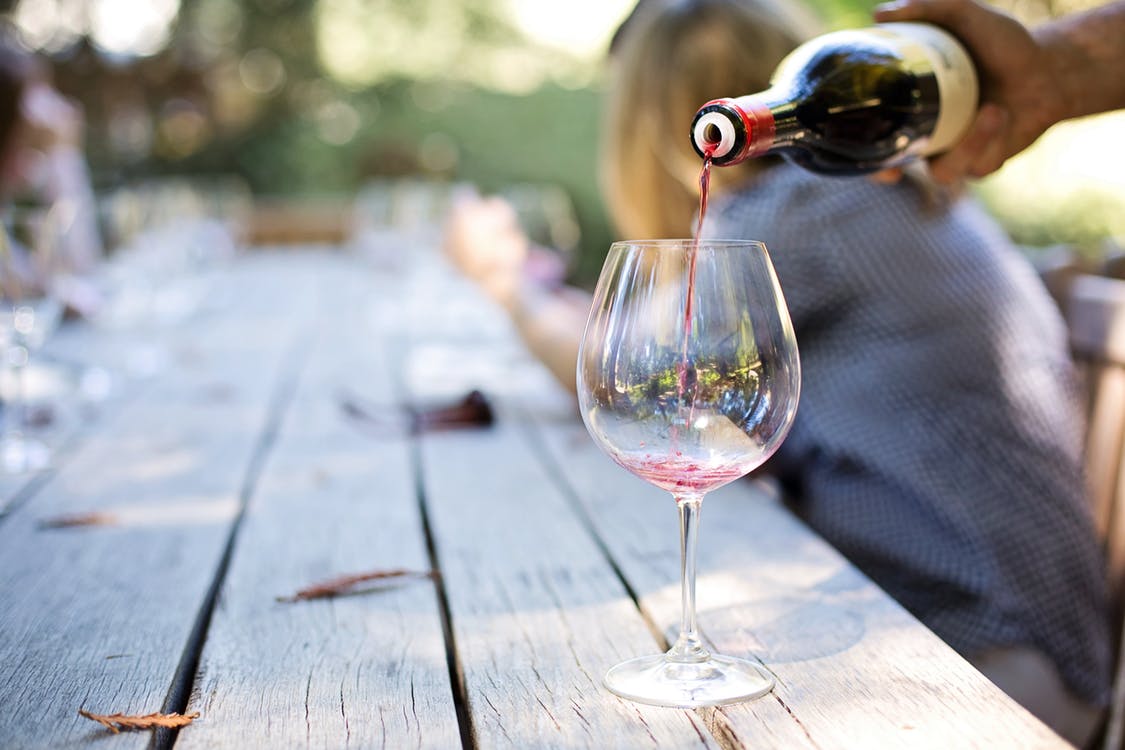|
Sometimes my complacency with living in the 21st century makes me forget certain facts that were somewhat important back in the day. Butter provides an excellent example of this. I buy butter, I take butter home, I place said butter in the refrigerator for later use.
Back in the time before refrigerators, butter was a product that had to be used sooner than later, as it tends to turn rancid after a set period of time. Because of this, butter, as we know it, never really took off in areas of Mediterranean Europe. This, even though the butter making process had been known since as far back as perhaps 8000 or 9000 BCE. Butter did take off in areas of the world where either... ...had a cooler climate which prohibited butter from become rancid at an advanced rate, or... ...developed a process/technology that removed the water content from butter, essentially removing any risk of spoilage. This simple difference in climate and technologies helped shaped a great many food cultures we take for granted today. Southern Italian, Greek and Mexican cuisines get their facts from places other than butter. German, Northern French, and a great majority of Indian cuisines (in the form of Ghee) have a great many dishes where the fats come from butter. I love this kind of "cuisine etymology", where the type of food one eats is dependant upon such a minute variable as the ability to store butter for an extended period of time. Speaking of Ghee (and how many times have you heard THAT segue? None, I bet), when talking about butter in history, ghee has to be mentioned. It was recognized early as a very important component of life in what is now present day India and Pakistan. So much so, that it made it into various religious rituals. Sound familiar? That's because the Catholics ascribed the same level of significance to olive oil. You can say a lot about human nature, but one thing is for certain - We humans love our fats. Expect more on butter (including a few select recipes) over the next few weeks.
0 Comments
2001 Erdener Treppchen Riesling Auslese
Once again, I have the fine opportunity to indulge myself in a Riesling while I am playing my favourite online casino games. I tell ya' doing these tasting notes is a tough business. We're on the second bottle of our Riesling experience, and I have to say I'm a happily surprised. Well, I probably shouldn't be, as there were some items on the wine label that let me know that this wine had some potential...Auslese, for example, is a good sign for me, as I like my Rieslings a tad sweet. Auslese generally indicates more attention had been paid attention to the grape, having been picked at the peak of ripeness, or at least we hope. Same could be said for the "Qualittswein mit Prdikat", which of course goes to follow, as a German wine can only be deemed "Auslese" if it is "Qualittswein mit Prdikat". Okay, that may not make any sense...read this for more on these titles. Eyes: Golden yellow with a distinct tint of green. It has a soft rim, meaning it's nearly translucent where the wine meets the glass. Giving the wine a quick twirl shows a thinner Riesling from what I'm used to. Walls of the wine hold the wall of the glass, but they very quickly dissipate, with thick...well I hesitate to call them "legs". On sight it looks to be a sweet but thin wine. Nose: Okay, I know this is going to sound peculiar, but the wine smelled musty and has a bit of a cat-pee aroma. I've read that a "cat-pee" aroma can mean either good or bad. Taste: Very good. Sweet, a little like pineapples, but also a little drier than what I've had in other Rieslings. It holds the tongue fairly well, and trails off quickly but nicely. Overall? The aroma is admittedly off putting, but it tastes wonderful. Not the best Riesling I've ever had, but I wouldn't pour it down the sink. |
AuthorOnline gambling editors from Casinoslots SA. Archives
March 2019
Categories |

 RSS Feed
RSS Feed
